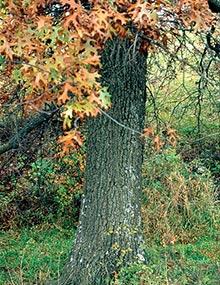

Quail-Friendly Plants of the Midwest, Page 33
Reviewed
Oaks are long-lived trees that produce a seasonally important food for dozens of wildlife species. Their distinctive leaves and bark are identifying features.
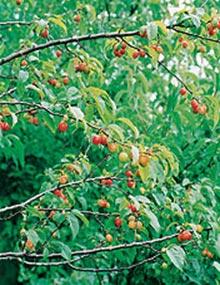
Quail-Friendly Plants of the Midwest, Page 04
Reviewed
American plum can grow as a small tree up to 20 feet high but more commonly occurs in colonies or thickets by sending up root suckers and shoots.

Quail-Friendly Plants of the Midwest, Page 36
Reviewed
More than three dozen species of panic grass are commonly found across the Midwest. Seeds are football-shaped and borne on a sprawling, panicle-shaped seed head. The leaves of panic grasses resemble flags along the stem.
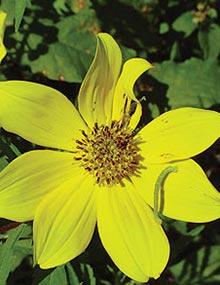
Quail-Friendly Plants of the Midwest, Page 07
Reviewed
Bidens is most often found in moist areas. It has yellow flowers that are 1 to 1.5 inches.
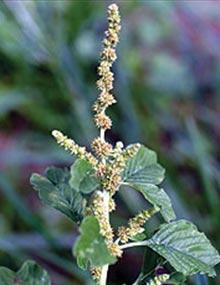
Quail-Friendly Plants of the Midwest, Page 39
Reviewed
Pigweed leaves are alternate and simple. Small green or tan flowers produce small, round, shiny black seeds. The roots are red when pulled. Depending on the species, pigweed may grow 1 to 8 feet tall.

Quail-Friendly Plants of the Midwest, Page 10
Reviewed
Broomsedge is a native warm-season grass that is often confused with little bluestem, but broomsedge stems are the more flattened and more densely leafed. Also, broomsedge in the fall/winter is typically yellowish tan, while little bluestem has a bronzy color.

Clear Writing
Reviewed
Get your point across clearly in writing with these 10 principles of clear writing. Also, learn how to test the clearness of your writing and keep it simple.
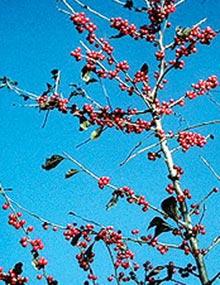
Quail-Friendly Plants of the Midwest, Page 42
Reviewed
Possum haw grows mostly as a shrub but sometimes as a tree up to 30 feet tall. The twigs are slender with short, spurlike lateral twigs. The white flowers bloom in mid-spring either singularly or in clusters. Fruits are orange to red and globe-shaped.
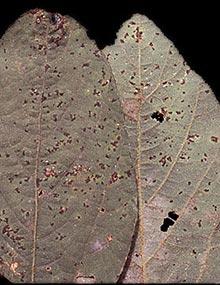
Soybean Rust, Page 2
Revised
Identify and manage bacterial pustule in soybeans with guidance on symptoms, weather conditions, and disease development to protect your crops.
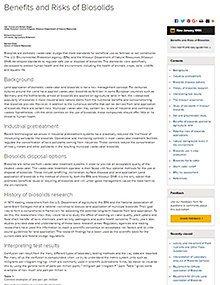
Benefits and Risks of Biosolids
Reviewed
Biosolids are domestic wastewater sludge that meet standards for beneficial use as fertilizer. Visit our site to learn the Benefits and Risks of Biosolids.
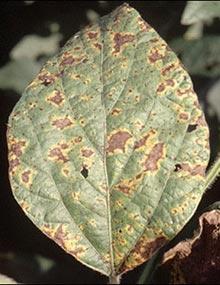
Soybean Rust, Page 5
Revised
Identify and manage Septoria brown spot in soybeans with insights on symptoms, weather impact, and control strategies. Learn how to protect your crop.
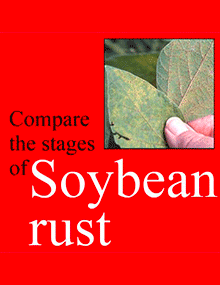
Soybean Rust, Page 8
Revised
Compare soybean rust disease stages by looking at them side by side.

Nitrogen in the Environment: Nitrification
Reviewed
Nitrification converts ammonium to nitrate, which can leach into groundwater, posing health risks, especially for infants.

Nitrogen in the Environment: Essential Plant Nutrients
Reviewed
Nitrogen is essential for plant growth, but excessive nitrate from fertilizers can contaminate groundwater, posing health risks, especially to infants.
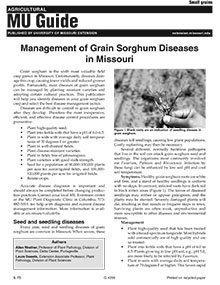
Management of Grain Sorghum Diseases in Missouri
Reviewed
Manage grain sorghum diseases by planting resistant varieties, using quality seed, maintaining proper soil conditions, and implementing crop rotation.

Collecting and Preserving Waste and Wastewater Samples for Analysis
Reviewed
Waste handling systems are used to protect the environment. Visit our site for our Collecting and Preserving Waste and Wastewater Samples for Analysis guide.
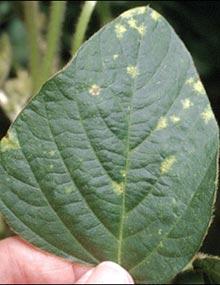
Soybean Rust, Page 3
Revised
Pale yellow spots on young soybean leaves may signal downy mildew, favored by humid weather and temperatures between 68–72°F.
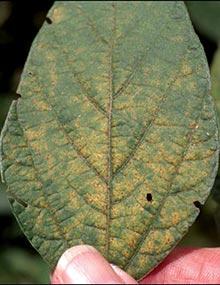
Soybean Rust, Page 6
Revised
Soybean rust causes lesions on leaves, spreads via windborne spores, and thrives in humid conditions between 46–82°F. It can rapidly defoliate plants.

Nitrogen in the Environment: Nitrate Poisoning
Reviewed
Infants are most at risk from nitrate-contaminated water, which can lead to serious health issues.
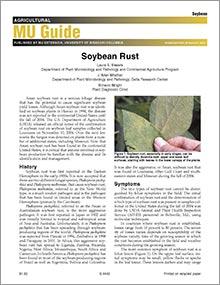
Soybean Rust
Reviewed
Learn the symptoms, development, and management strategies for soybean rust, a destructive disease caused by fungal pathogens that affects soybean crops.

Best Management Practices for Biosolids Land Application
Reviewed
Land application of biosolids recycles nutrients, reduces pollution, and follows safety practices to protect soil, crops, and water.

Soybean Rust, Page 4
Revised
Frogeye leaf spot causes small, circular lesions on soybean leaves. It thrives in warm, humid conditions and survives in infected residue and seed.

Soybean Rust, Page 7
Revised
These photos show the disease stages of soybean rust, which can be difficult to identify, especially in the early stages.
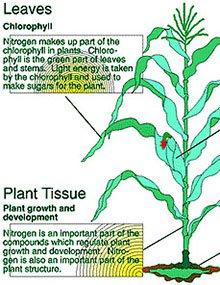
Nitrogen in the Plant
Reviewed
Nitrogen plays an important part in many essential functions. Visit our website to learn about Nitrogen in the Plant.
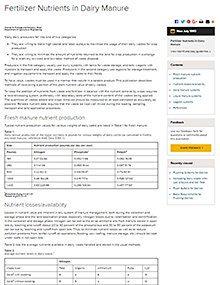
Fertilizer Nutrients in Dairy Manure
Reviewed
Discover effective strategies for managing dairy manure to optimize nutrient recovery and enhance crop productivity through proper manure handling.